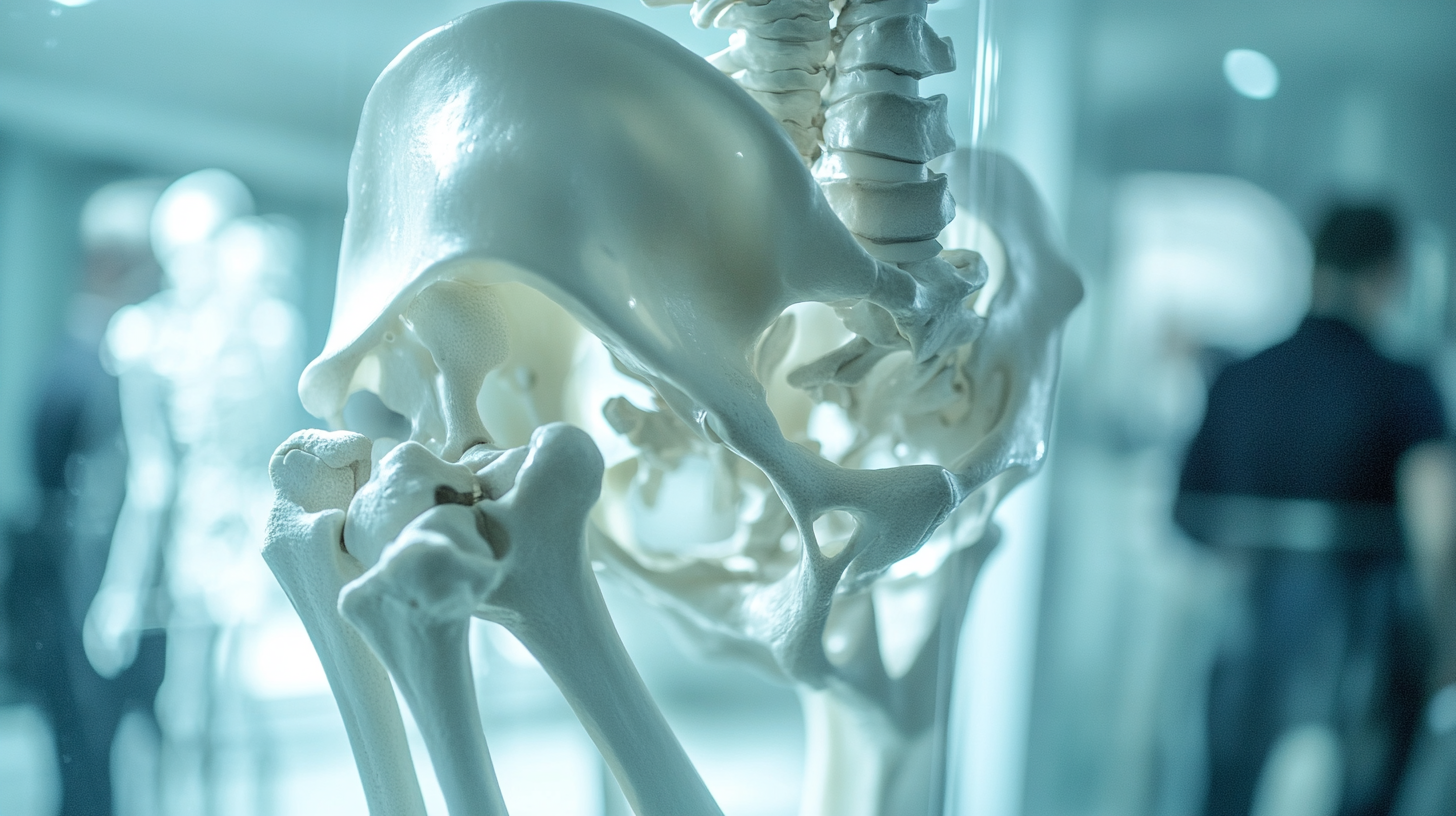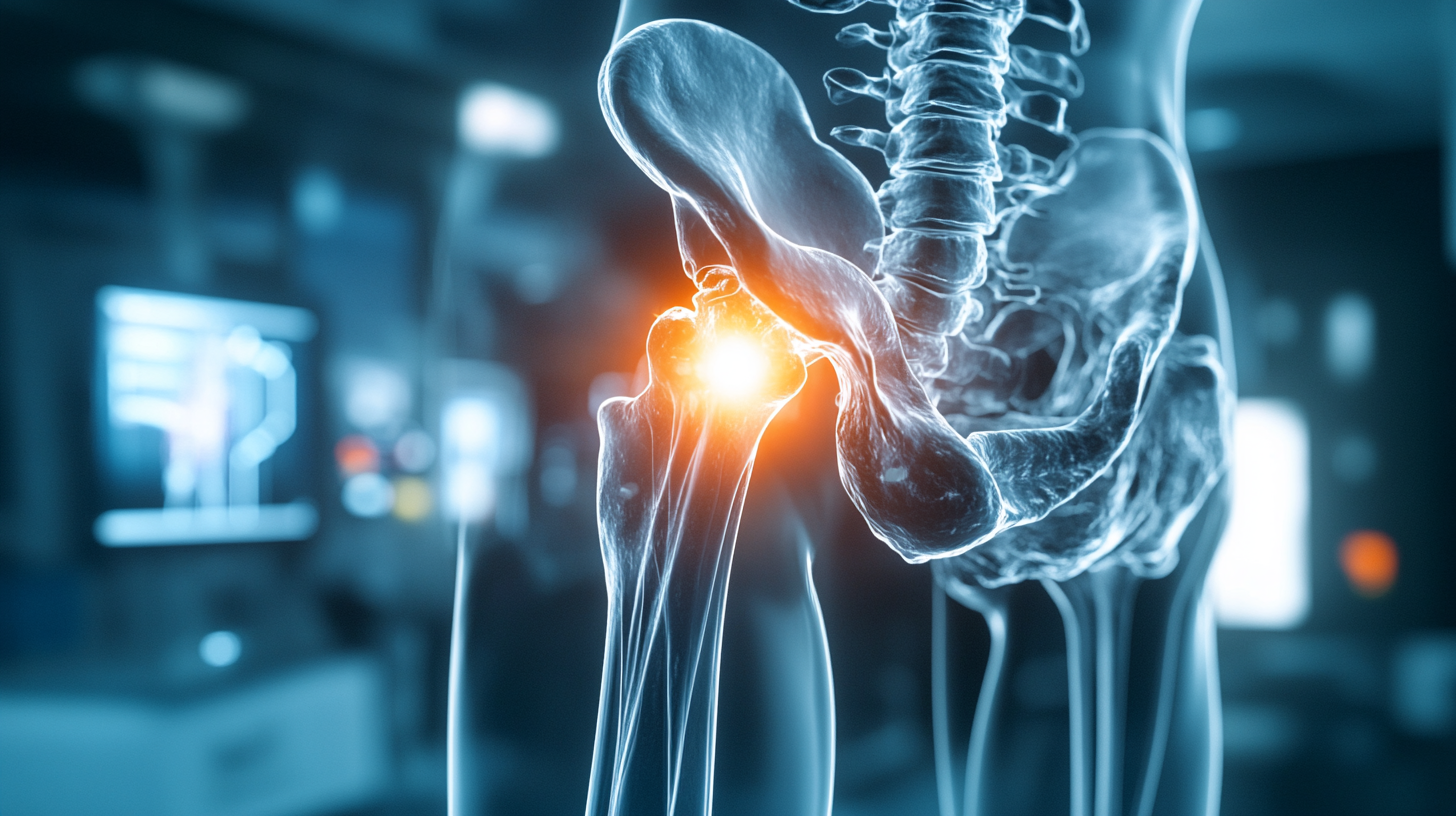The hip arthrosis system is rapidly gaining attention in the global medical market, offering innovative solutions to a prevalent problem that affects millions of individuals worldwide. As populations age and lifestyle-related conditions increase, understanding the intricacies of this system becomes essential not only for healthcare professionals but also for international buyers seeking to invest in advanced therapeutic options. This blog aims to provide comprehensive insights into the hip arthrosis system, exploring its components, applications, and significance in modern orthopedic practice.
In an era where healthcare technology is evolving at an unprecedented pace, a thorough understanding of the hip arthrosis system can empower stakeholders in making informed decisions regarding purchasing and implementing these systems in diverse clinical settings. From evaluating the latest advancements to assessing potential market trends, this article will serve as a resource for global buyers, equipping them with the knowledge needed to navigate the complexities of this critical area in orthopedic care. Join us as we delve into the key features and benefits of the hip arthrosis system, setting the stage for a brighter future in the management of hip-related conditions.

Hip arthrosis, commonly known as osteoarthritis of the hip, is a degenerative joint disease that affects millions of individuals worldwide. According to a 2020 report from the World Health Organization (WHO), an estimated 10% of men and 18% of women aged 60 and older suffer from some degree of hip osteoarthritis. This condition arises when the cartilage that cushions the hip joint wears down over time, leading to pain, stiffness, and reduced mobility. The impact of hip arthrosis extends beyond physical discomfort; it poses significant social and economic challenges. A study published in the Journal of Bone and Joint Surgery indicated that patients with hip osteoarthritis experience a decreased quality of life, with many reporting difficulty performing daily activities. The economic burden is also substantial: in the United States alone, the treatment costs associated with hip arthrosis exceeded $11 billion annually as of 2019, including direct healthcare expenses and lost productivity. Moreover, the prevalence of hip arthrosis is expected to rise, particularly as the global population ages. In fact, research forecasts suggest that by 2040, the number of adults suffering from hip osteoarthritis could double, leading to increased healthcare costs and demand for orthopedic surgeries such as total hip replacements. Understanding the implications of hip arthrosis is crucial for stakeholders, including healthcare providers, policymakers, and patients, to address the challenges associated with this debilitating condition effectively.

The Hip Arthrosis System embodies a significant advancement in managing hip joint conditions, particularly for global buyers seeking comprehensive solutions. One of the key features of this system is its adaptability to various degrees of hip arthritis, which often manifests as osteoarthritis. This degenerative joint condition leads to pain, swelling, and stiffness, affecting mobility and the overall quality of life. The Hip Arthrosis System is designed to accommodate a wide range of patient needs, offering tailored interventions that address individual levels of joint degeneration and functional impairment.
Another vital aspect of the Hip Arthrosis System is its integration with innovative surgical techniques, including robotic arm-assisted surgery, which enhances precision during hip replacement procedures. This cutting-edge technology not only improves surgical outcomes but also minimizes recovery time, allowing patients to regain mobility sooner. As highlighted in recent advancements in orthopedic care, the ability to accurately assess joint deformities and execute pre-operative templating plays a crucial role in the success of such interventions.
Moreover, understanding the specific needs of patients, particularly those with autoimmune conditions like rheumatoid arthritis, is essential. As new therapies emerge, including vaccines for related conditions, it becomes increasingly important for arthritis patients to be fully informed about their treatment options. The Hip Arthrosis System stands out by prioritizing patient education and safety, ensuring that individuals are equipped to make informed choices regarding their joint health management.

The global market for hip arthrosis solutions is undergoing significant transformation, driven by a growing aging population and rising prevalence of obesity, which are major risk factors for hip disorders. According to a report by Grand View Research, the global hip replacement market alone is expected to grow at a compound annual growth rate (CAGR) of 5.1% from 2022 to 2030, reaching an estimated value of $15.85 billion by the end of the forecast period. This surge highlights the increasing demand for innovative solutions to manage hip arthrosis effectively.
Market trends show a shift toward minimally invasive surgical techniques, which offer quicker recovery times and lower infection rates compared to traditional surgeries. The Journal of Bone and Joint Surgery cites that patients undergoing minimally invasive hip arthroplasty experience a 30% reduction in hospitalization time. Additionally, advancements in material science, such as the development of highly cross-linked polyethylene and ceramic materials, have improved the longevity and performance of hip implants, further driving market demand.
Moreover, the rise of telemedicine and remote patient monitoring technologies has emerged as a significant factor in the hip arthrosis market. Research from the World Health Organization indicates that digital health solutions can improve patient engagement and adherence, leading to better outcomes in managing chronic conditions like hip arthrosis. As healthcare providers increasingly adopt these technologies, we can expect a shift in how care is delivered, enhancing patient access to orthopedic services and ultimately expanding the market for hip arthrosis solutions globally.

Hip arthrosis, commonly known as osteoarthritis of the hip, is a degenerative joint disease that affects millions worldwide. As more individuals seek effective relief from hip arthrosis, an array of treatment options has emerged, each with its own unique benefits and considerations. This comparative analysis aims to provide insights into the available therapies to aid in informed decision-making for global patients.
One of the most commonly pursued treatments is conservative management, which includes physical therapy, weight management, and the use of non-steroidal anti-inflammatory drugs (NSAIDs). These options focus on alleviating pain, improving joint function, and enhancing the quality of life through lifestyle modifications. Physical therapy often involves tailored exercises designed to strengthen the muscles around the hip joint and increase flexibility, making it a foundational approach for many patients.
For those with more severe symptoms or when conservative treatments fail, there are surgical options such as hip arthroscopy and total hip replacement. Hip arthroscopy is a minimally invasive procedure that can help repair damaged tissue and alleviate pain by removing loose debris within the joint. Conversely, total hip replacement involves surgically replacing the damaged joint with an artificial one, offering significant relief for patients suffering from advanced arthrosis. Each surgical approach comes with its own set of risks, recovery times, and potential outcomes, making it essential for patients to discuss these thoroughly with their healthcare providers.
Ultimately, the choice of treatment for hip arthrosis depends on various factors including the severity of the condition, patient preferences, and overall health status. Engaging in a detailed discussion with medical professionals can help patients navigate these complex options and select the best course of action tailored to their individual needs.
When sourcing hip arthrosis products, it is crucial to adopt best practices that will ensure both quality and effectiveness. Start by thoroughly researching potential suppliers. Look for manufacturers that specialize in orthopedic products and have solid reputations backed by customer testimonials and industry certifications. Online platforms and trade shows can be excellent sources of information and help you connect with reputable vendors. Always check the compliance of products with regulatory standards in your specific market as this can significantly influence patient outcomes.
Another important aspect to consider is the product range offered by suppliers. Hip arthrosis treatments vary widely in terms of materials and technology, with options ranging from traditional implants to advanced bio-materials. Establish a clear understanding of your specific needs and preferences, and ensure that potential suppliers can meet these requirements. Additionally, consider the innovation capabilities of the suppliers, since advancements in medical technology can lead to better treatment solutions and improved patient care.
Finally, establishing strong communication with your suppliers can enhance the sourcing process. Discuss your expectations regarding pricing, lead times, and post-sale support up front. A supplier who is open to communication and demonstrates a commitment to your success is invaluable. Engaging in regular dialogues ensures that you remain informed about product updates and can quickly resolve any issues that may arise during the procurement process.
*The content on this website is for general informational purposes only and should not be taken as medical advice. Please contact your physician or therapist to learn what therapy solution is suitable for your specific needs. Not all products, features, or indications shown are approved in all countries.